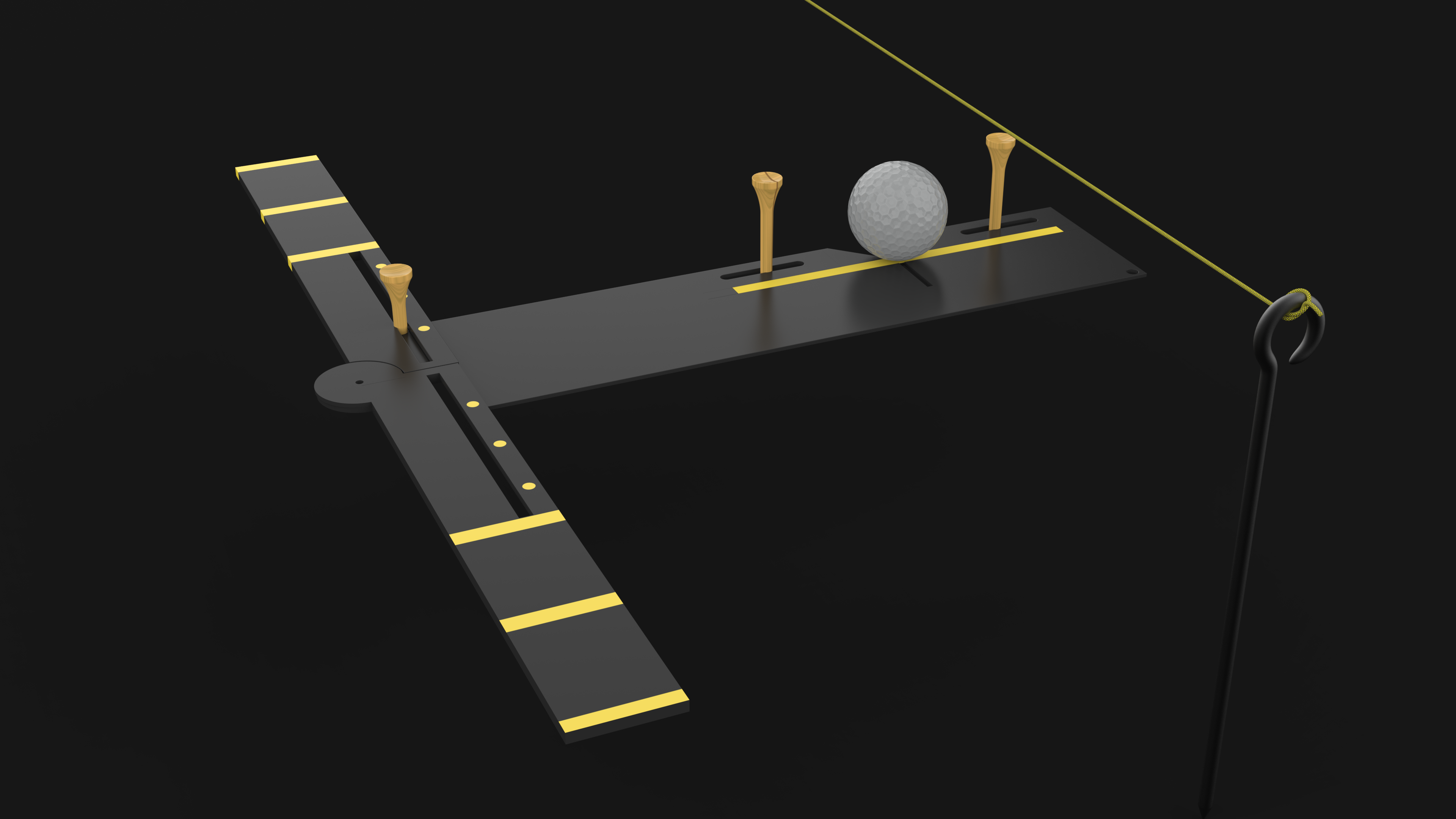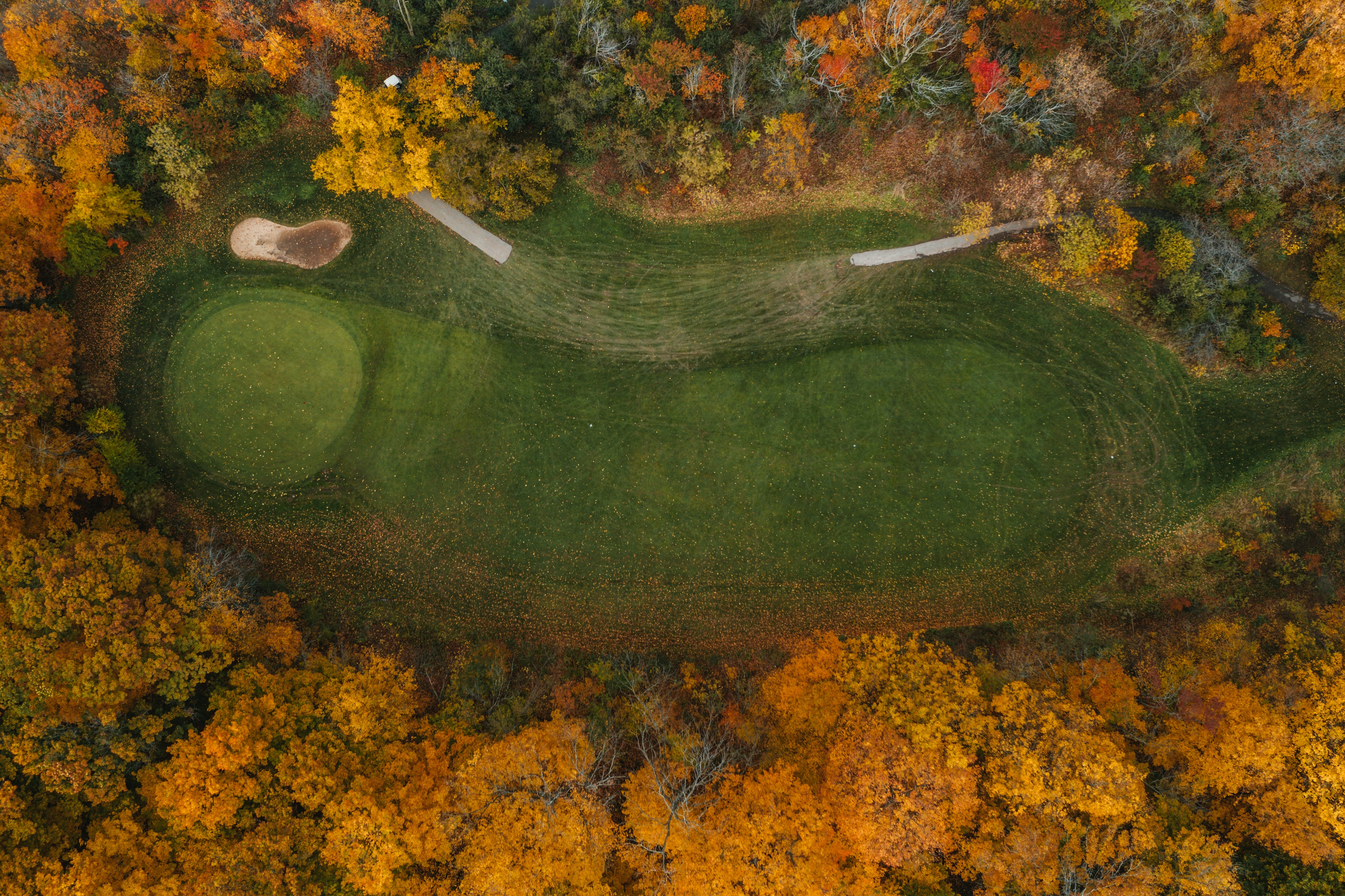6
ALIGNMENT FUNDAMENTALS IN ONE PRODUCT
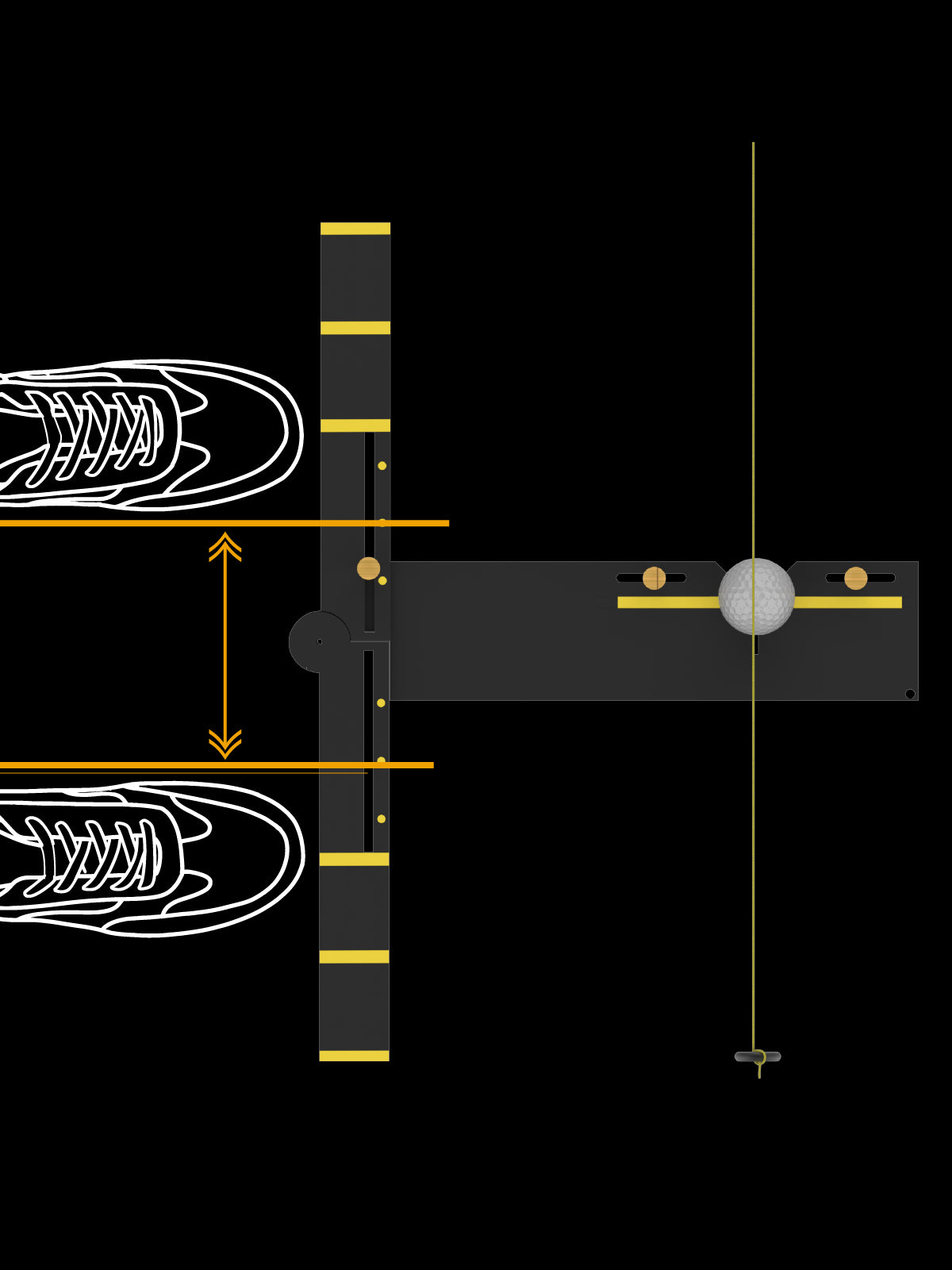
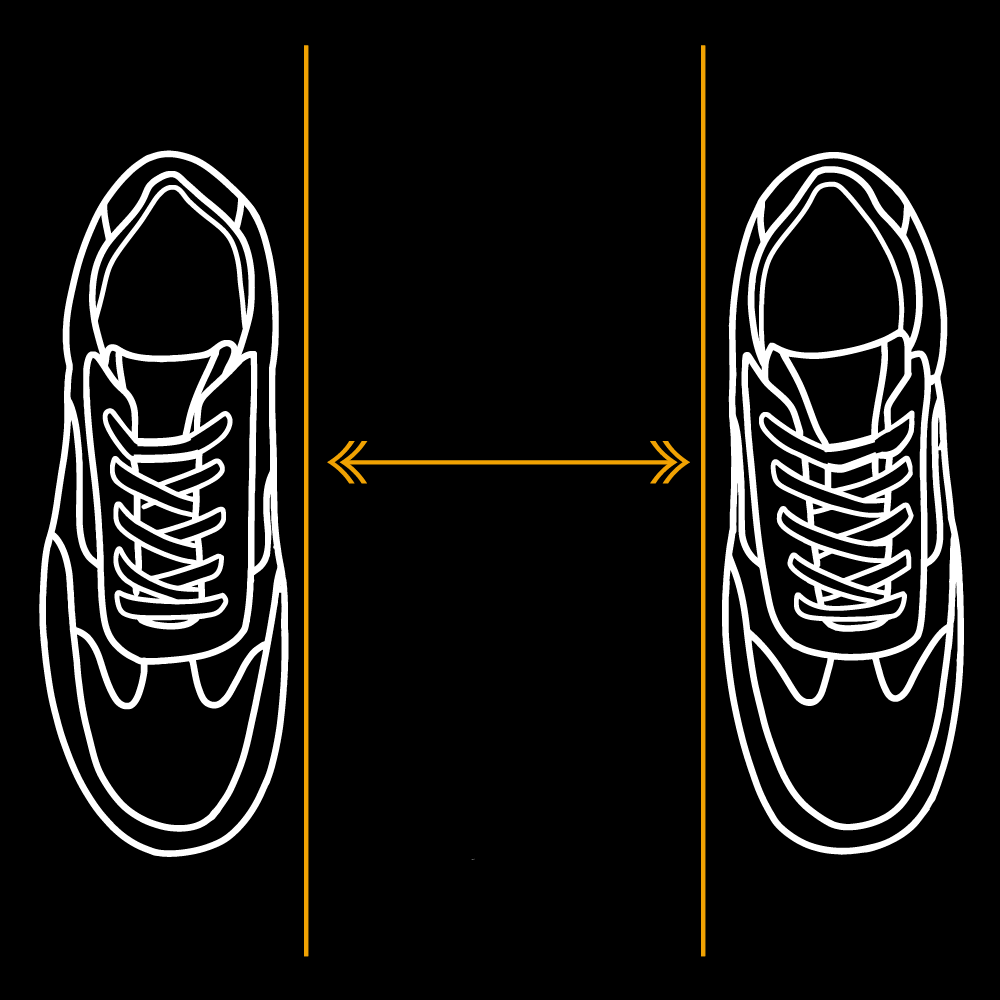
Stance Width
The distance between your feet while putting is crucial for balance, stability, and stroke consistency. A wider stance provides more stability and promotes a straight-back, straight-through stroke, while a narrower stance allows for more mobility and an arcing stroke. Finding the right stance width helps maintain proper posture, control stroke path, and adapt to different green speeds, ultimately improving putting accuracy.
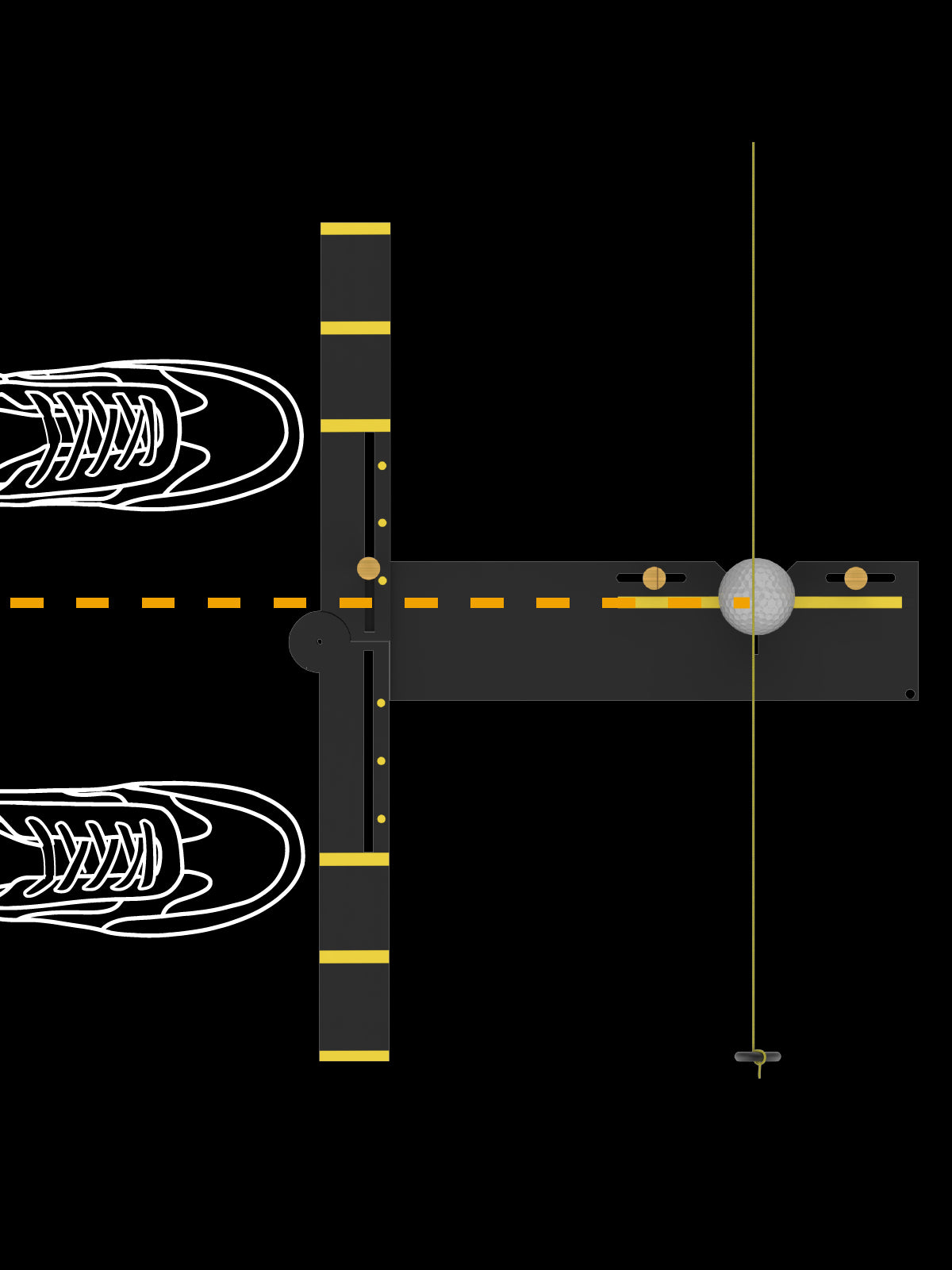
Ball Position
The position of the ball in your stance affects stroke path, loft, and consistency in putting. Placing the ball too far back can cause a downward strike, leading to inconsistent roll, while positioning it too far forward may result in a glancing stroke and misalignment. An optimal ball position, typically just forward of center, promotes a smooth, consistent stroke with proper loft and true roll.
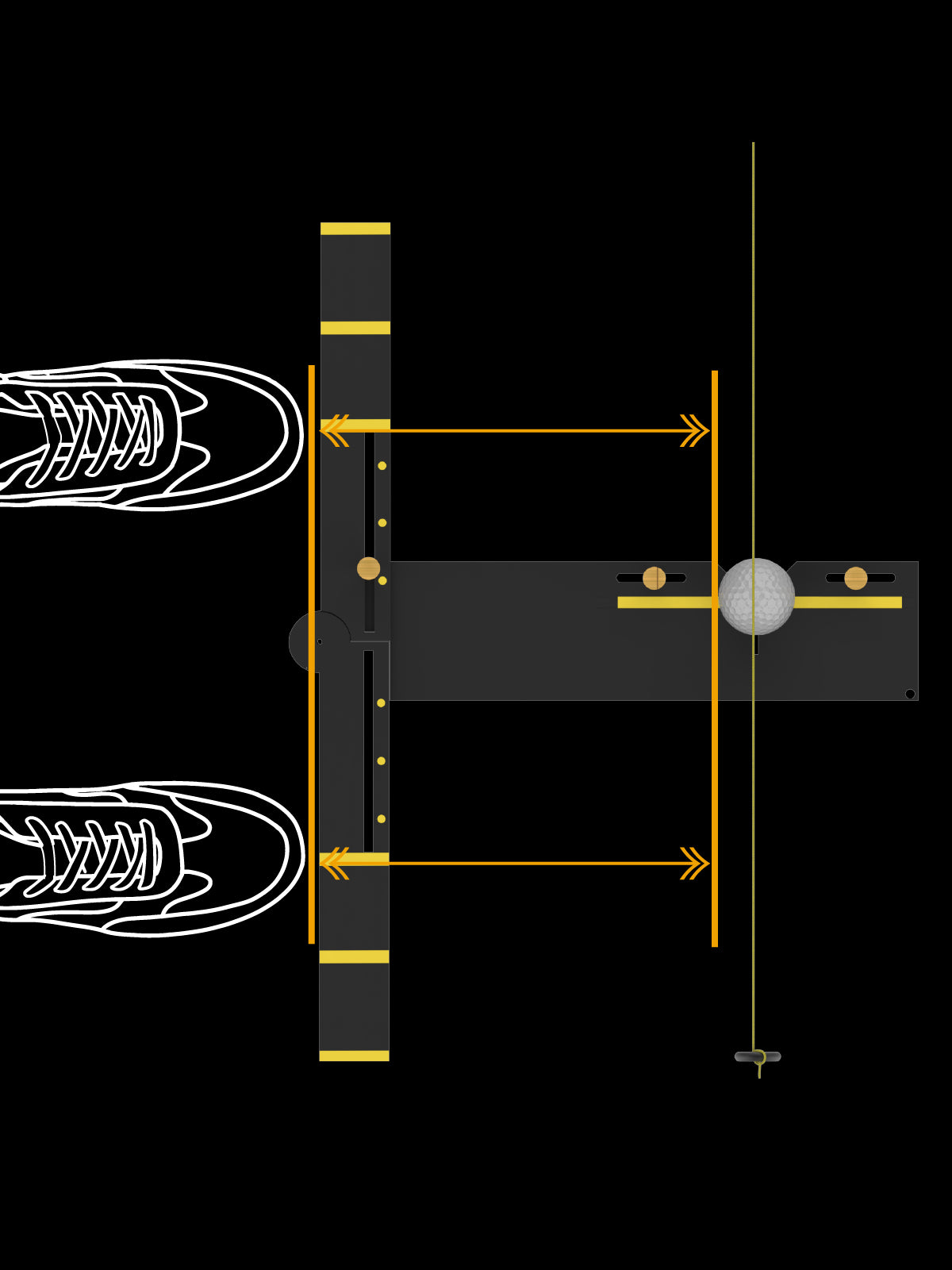
Distance From Ball
The distance you stand from the ball while putting affects posture, alignment, and stroke consistency. Standing too close can cause an inside-to-out stroke and restrict movement, while standing too far can lead to excessive arc and poor contact. An optimal distance, where your eyes are directly over or slightly inside the ball, promotes better alignment, a natural stroke path, and improved accuracy.
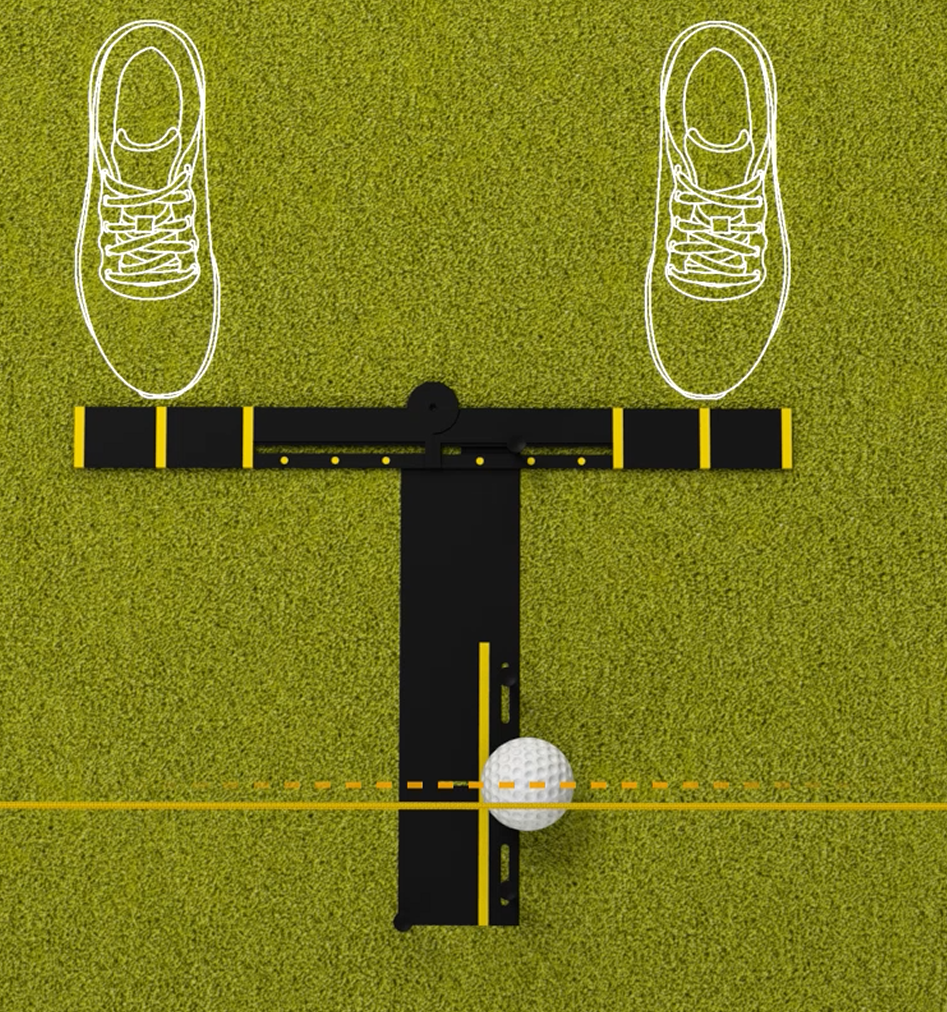
Eye Alignment
Positioning your eyes directly over or slightly inside of the ball is essential for accurate alignment. It provides a clear view of the target line, reducing errors in aim and helps create a natural, consistent stroke path, improving the chances of sinking your putt.
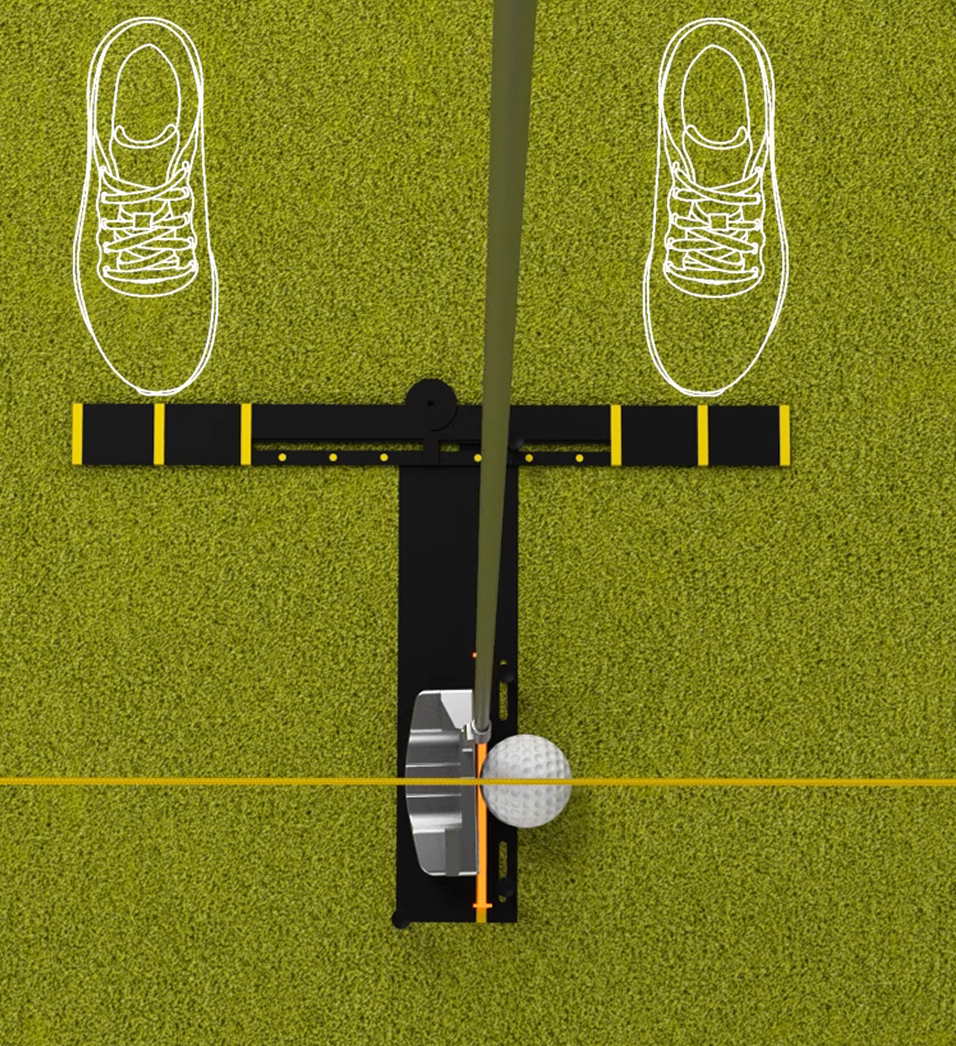
Face Alignment
Maintaining a square club face alignment at impact is vital in putting. It ensures the ball starts on the intended target line, minimizing the chance of unintended starting line and spin.
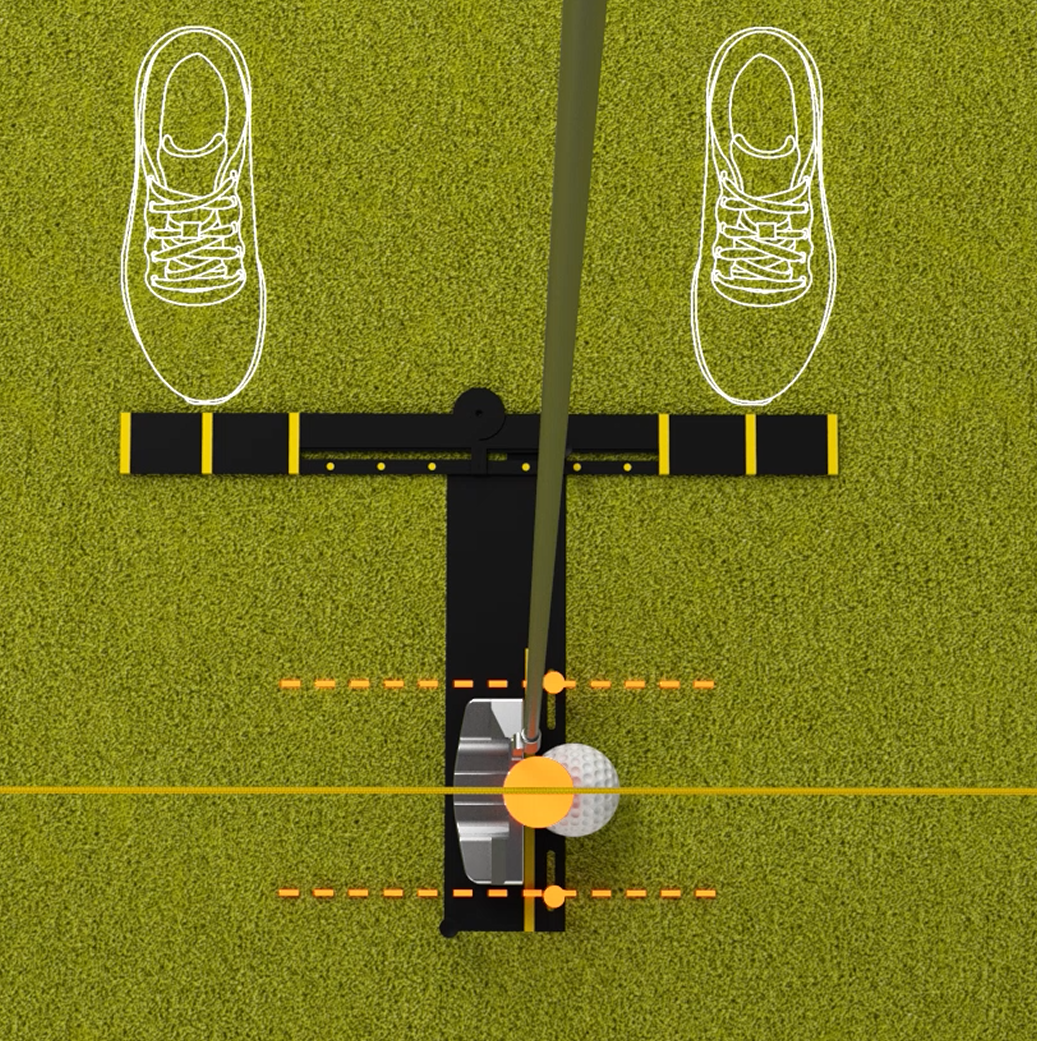
Center Strike
The putting gate and alignment indicators ensure you hit the ball in the center of the club face. This is crucial to ensure a clean, stable roll, helping the ball stay on its intended line without veering off course. Striking the center also maximizes energy transfer, allowing for consistent distance control.

Stance Width
The distance between your feet while putting is crucial for balance, stability, and stroke consistency. A wider stance provides more stability and promotes a straight-back, straight-through stroke, while a narrower stance allows for more mobility and an arcing stroke. Finding the right stance width helps maintain proper posture, control stroke path, and adapt to different green speeds, ultimately improving putting accuracy.
Ball Position
The position of the ball in your stance affects stroke path, loft, and consistency in putting. Placing the ball too far back can cause a downward strike, leading to inconsistent roll, while positioning it too far forward may result in a glancing stroke and misalignment. An optimal ball position, typically just forward of center, promotes a smooth, consistent stroke with proper loft and true roll.
Distance From Ball
The distance you stand from the ball while putting affects posture, alignment, and stroke consistency. Standing too close can cause an inside-to-out stroke and restrict movement, while standing too far can lead to excessive arc and poor contact. An optimal distance, where your eyes are directly over or slightly inside the ball, promotes better alignment, a natural stroke path, and improved accuracy.
Eye Alignment
Positioning your eyes directly over or slightly inside of the ball is essential for accurate alignment. It provides a clear view of the target line, reducing errors in aim and helps create a natural, consistent stroke path, improving the chances of sinking your putt.
Face Alignment
Maintaining a square club face alignment at impact is vital in putting. It ensures the ball starts on the intended target line, minimizing the chance of unintended starting line and spin.
Center Strike
The putting gate and alignment indicators ensure you hit the ball in the center of the club face. This is crucial to ensure a clean, stable roll, helping the ball stay on its intended line without veering off course. Striking the center also maximizes energy transfer, allowing for consistent distance control.








